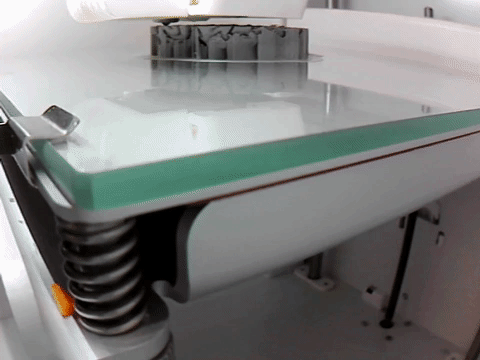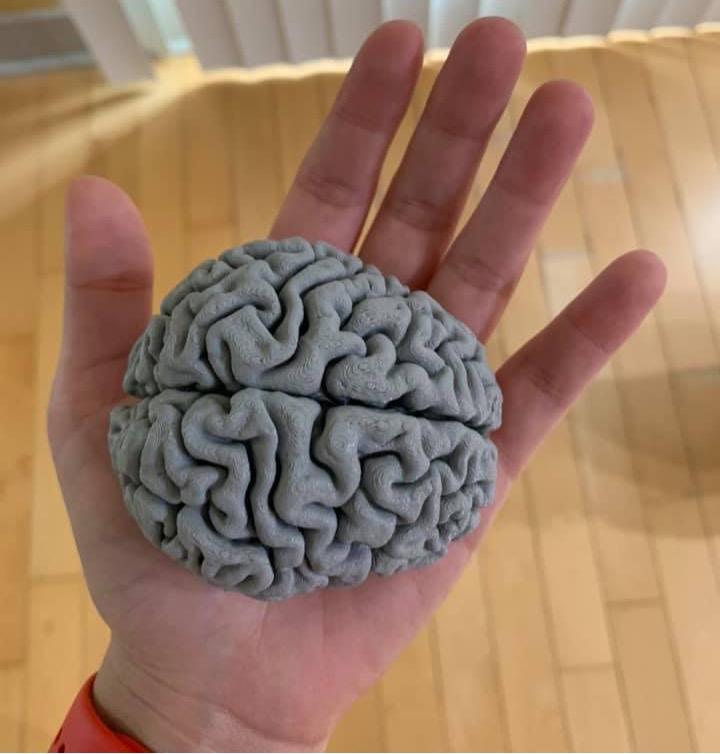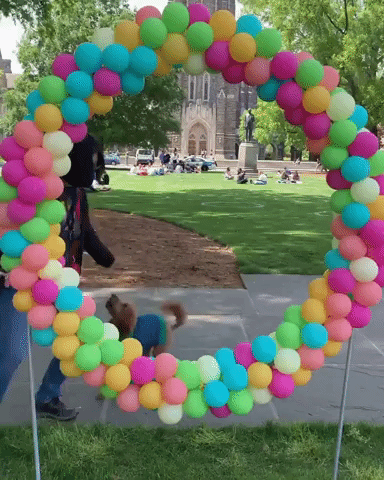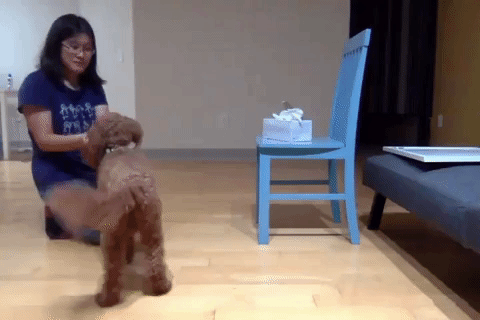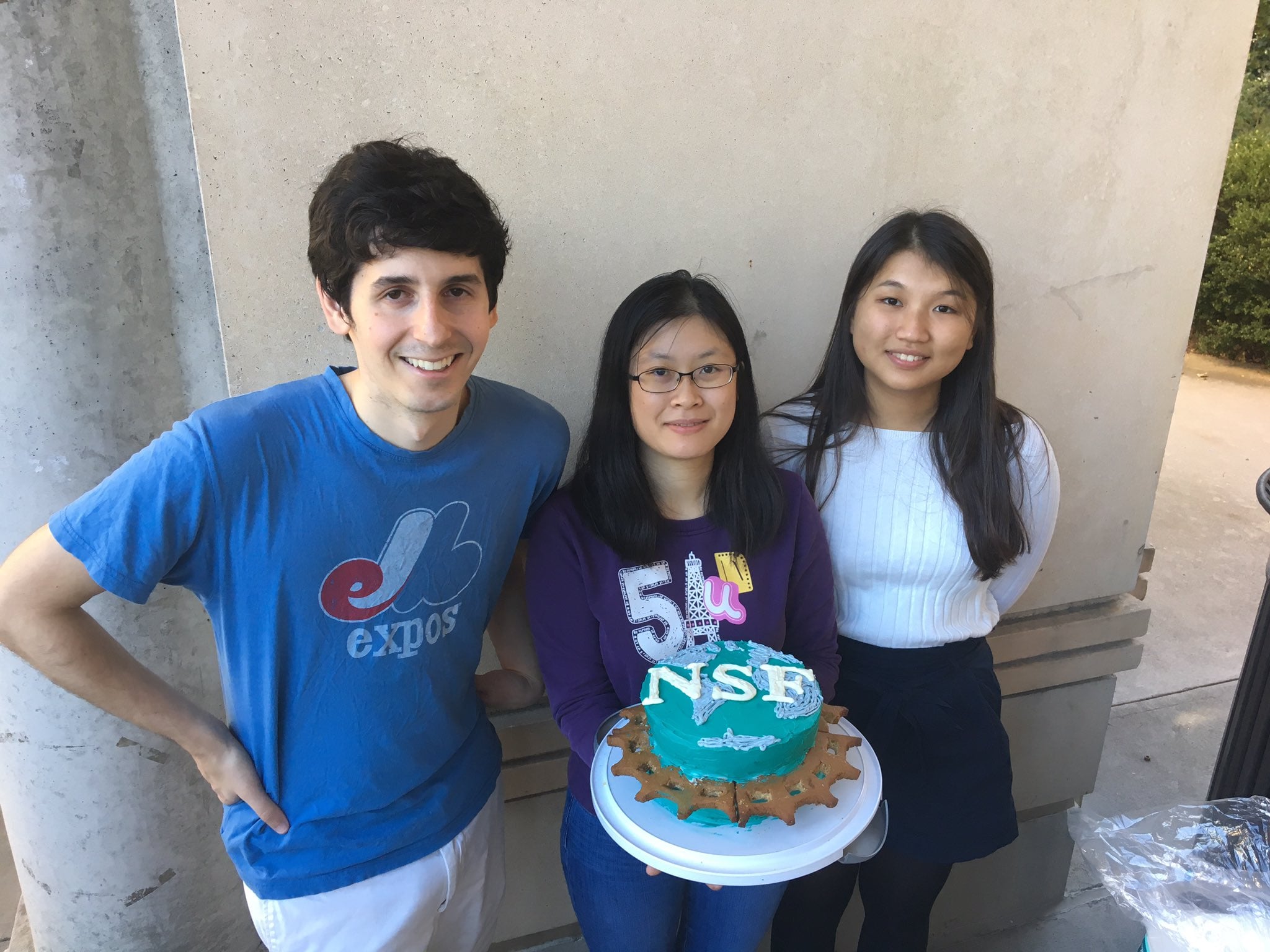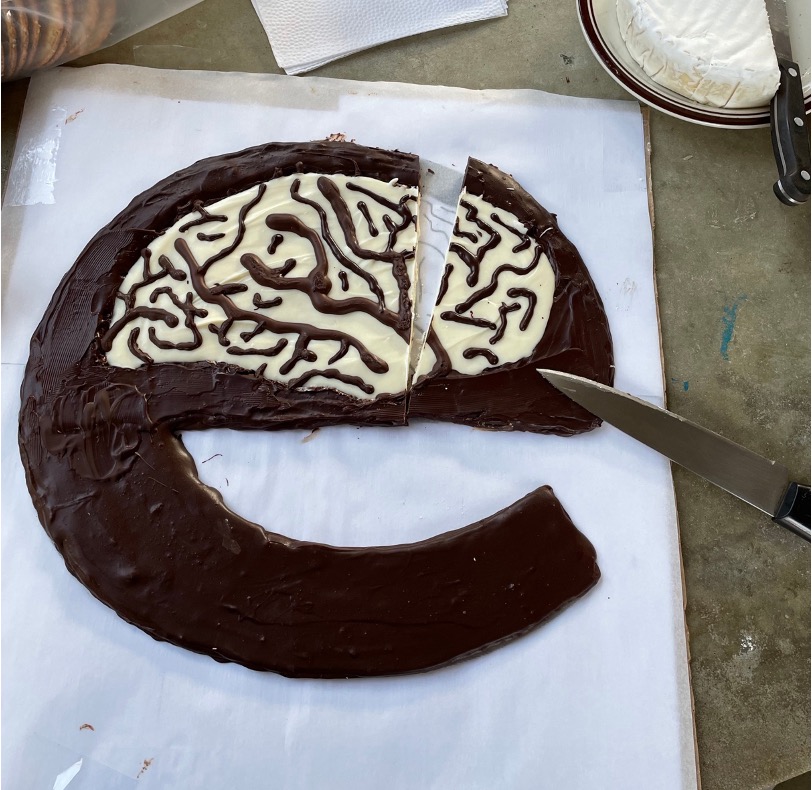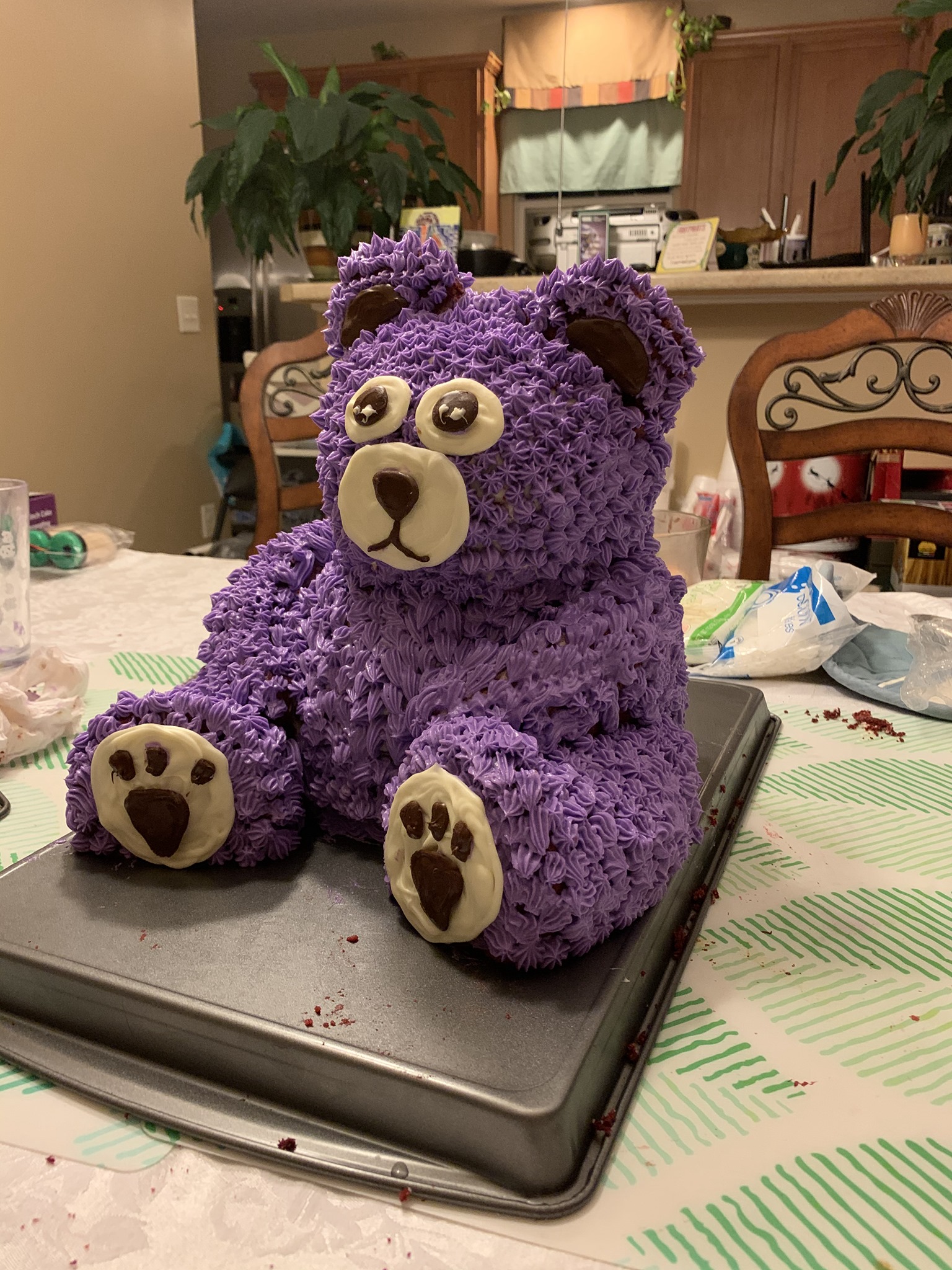Pavlov is my dog's name. He is a 3.5 year old goldendoodle. I had been
raising him since he was a 10 week old puppy.
We do a lot of training together. He has passed the AKC Canine Good Citizen Test as well as the Urban Canine Good Citizen Test. He also holds the
Elite Performer Trick Dog Title which requires a record of 50 tricks. Some of his best tricks
include skateboarding, painting, roll over, shake hands, sit pretty, weave, jump through hoop, etc.
Experiments with Pavlov
As a psychologist and scientist, I am curious how Pavlov does in
classical psychology experiments. We had some fun doing the following
experiments at home.
Simple object permanence test: I hide balls behind the
whiteboard. But one of the balls “disappear” when I take the whiteboard away. What will Pavlov do
when he sees one of them is missing? link to video
Higher order object permanence test: A ball is hidden
under a cup, there is another empty cup without a ball. Then I swap the positions of the two cups.
Which one will Pavlov look for the ball? link to video
Piaget's conservation experiment: Piaget's conservation
tasks test a child’s ability to see that some properties are conserved or invariant after an object
undergoes physical transformation. In the classical example, researchers will start with two glasses
of liquid that are exactly the same shape and contain the same amount of liquid. Then the liquid
from one of the short glasses is then poured into a taller, skinnier glass. Piaget's theory is that
children in the preoperational stage (around ages 2-7) who cannot conserve will assume the taller
glass has more liquid than the shorter glass. I only tried it twice with Pavlov (I didn't want to do
too many times since this experiment is just giving loads of free treats to him), and both times he
picked the taller, skinner glass :/ link to video
Theory of mind experiment: Sally-Anne Test: In the
original experiment, children were presented with two dolls, Sally (who has a basket) and Anne (who
has a box). Sally puts a marble in her basket, and leaves the room. While Sally is away, Anne takes
the marble from the basket, and hides it in her box. Finally, Sally returns to the room, and the
child is asked where will Sally look for the marble? Now, I’ve adapted it for dogs. Does Pavlov have
a theory of mind? link
to video
Helper or Hinderer Task: Many studies have shown that
infants prefer an individual who helps another to one who hinders another (e.g., Hamlin et al.
2007). Now, using sock puppets, let's see if Pavlov prefers the "helper sock" or the "hinderer
sock". link to
video
Mirror Self-Recognition Test: I put a sticky note on
Pavlov's head that says "silly dog". Does he attempt to get it off after looking in the mirror? link to video
Wisconsin Card Sorting Test (truncated): Pavlov is told
to match the cards, but not how to match. After the first choice, Pavlov is rewarded, and will have
to continue matching according to the same dimension he originally chose. In the full experiment,
after the patient (or dog) gets several consecutive trials correct, the experimenter will switch
sorting rules, and test how the patient (or dog) responds. link to video
Navon Task: The basic idea of Navon’s study is that when
objects are arranged in groups, there are global features and local features. For example, a group
of trees has local features (the individual trees) and the feature of a forest (the trees together).
A Navon figure is made of a larger recognizable letter (e.g., P), composed of copies of a smaller
different letter (e.g., T). The finding of Navon’s work is that people are generally faster in
identifying features at the global than at the local level. This effect is also known as global
precedence. link to
video
Pavlov's Christmas Pantomime: We made this video during the
Christmas holidays. It has some of his best tricks. Enjoy! link to video
